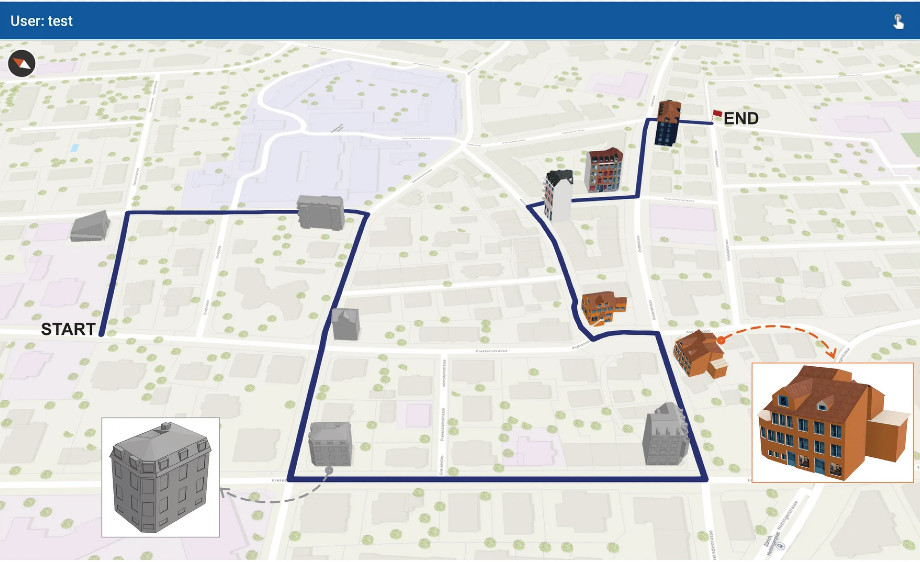New Publication
The influence of landmark visualization style on task performance, visual attention, and spatial learning in a real-world navigation task
Spatial Cognition & Computation

Armand Kapaj, Christopher Hilton, Sara Lanini-Maggi & Sara I. Fabrikant
Abstract
Depicting landmarks on mobile maps is an increasingly popular countermeasure to the negative effect that navigation aids have on spatial learning – landmarks guide visual attention and facilitate map-to-environment information matching. However, the most effective method to visualize landmarks on mobile map aids remains an open question. We conducted a real-world navigation study outdoors to evaluate the influence of realistic vs. abstract 3D landmark visualization styles on wayfinders’ navigation performance, visual attention, and spatial learning. While navigating with realistic landmarks, low-spatial-ability wayfinders focused more on the landmarks in the environment and demonstrated improved knowledge of directions between landmarks. Our findings emphasize the importance of visual realism when enriching navigation aids with landmarks to guide attention and enhance spatial learning for low-spatial-ability wayfinders.